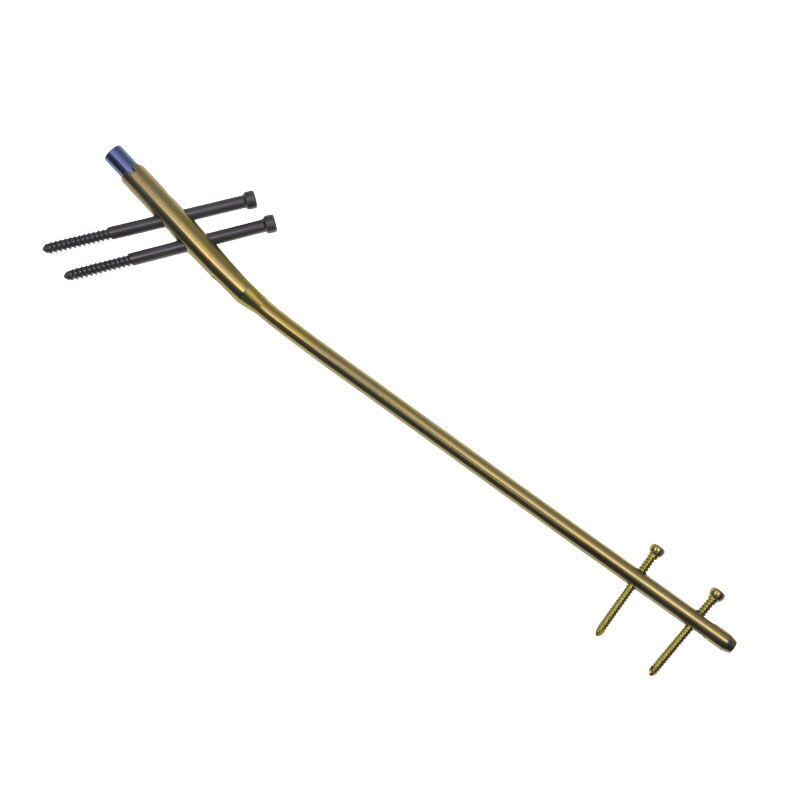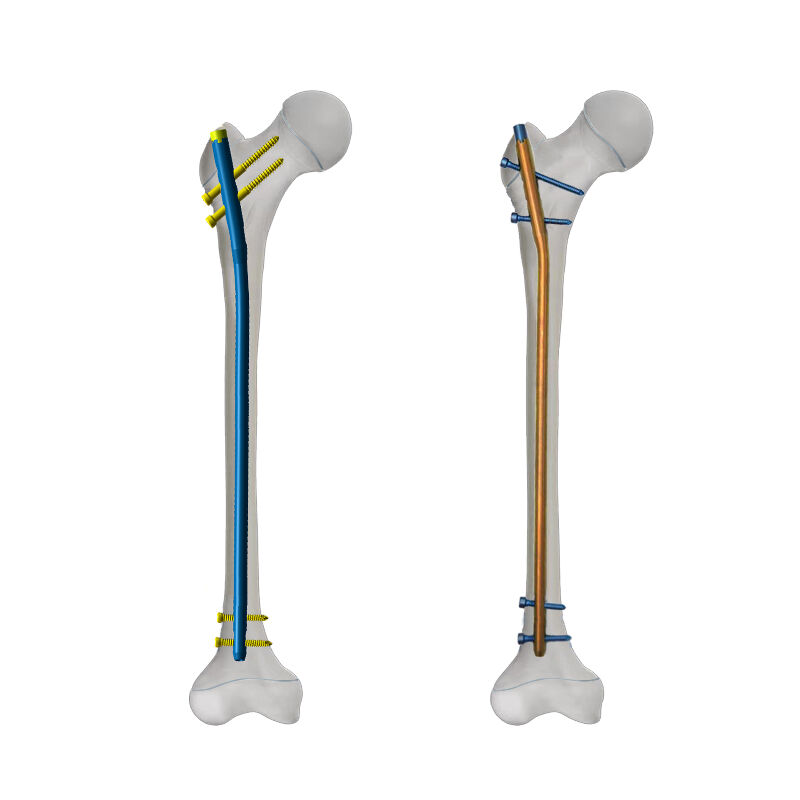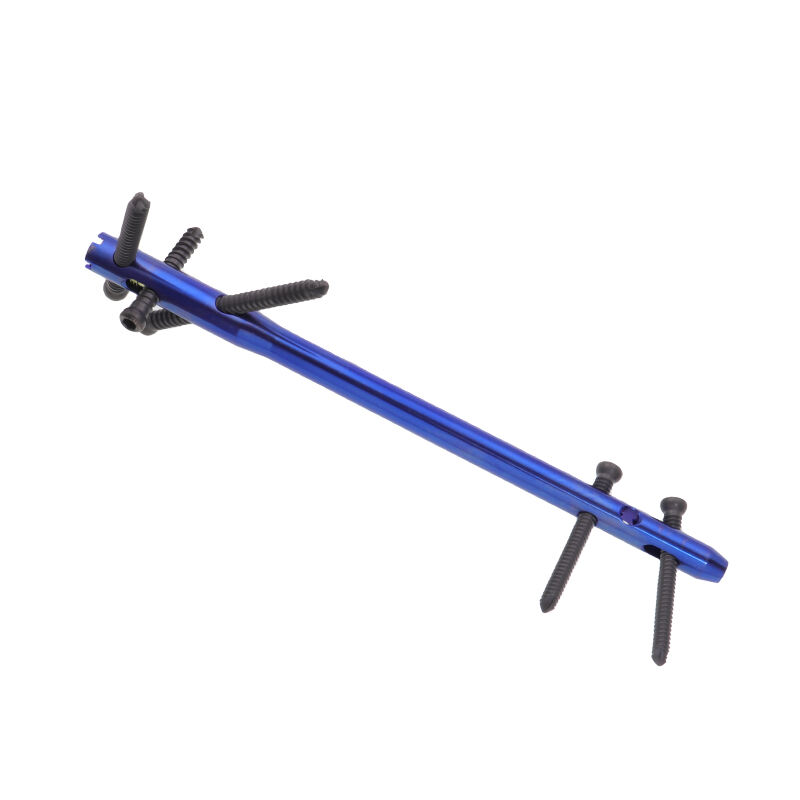elastic nailing
Elastic nailing, also known as flexible intramedullary nailing, represents a revolutionary advancement in orthopedic surgery, particularly in pediatric fracture treatment. This minimally invasive surgical technique utilizes flexible titanium or stainless steel nails that are inserted into the medullary cavity of long bones to stabilize fractures. The distinctive feature of elastic nails lies in their ability to provide three-point fixation within the bone while maintaining enough flexibility to promote optimal healing conditions. The nails work by creating a balanced construct that resists angular, translational, and rotational forces while allowing for micromotion at the fracture site, which stimulates callus formation. The procedure is particularly effective in treating diaphyseal fractures of long bones in children and adolescents, offering advantages such as smaller incisions, reduced surgical trauma, and faster recovery times. The technology behind elastic nailing incorporates sophisticated metallurgy to achieve the perfect balance between rigidity and flexibility, ensuring both stability and proper healing. This technique has revolutionized the treatment of pediatric fractures by providing a method that respects the biological aspects of bone healing while maintaining fracture alignment and stability.


